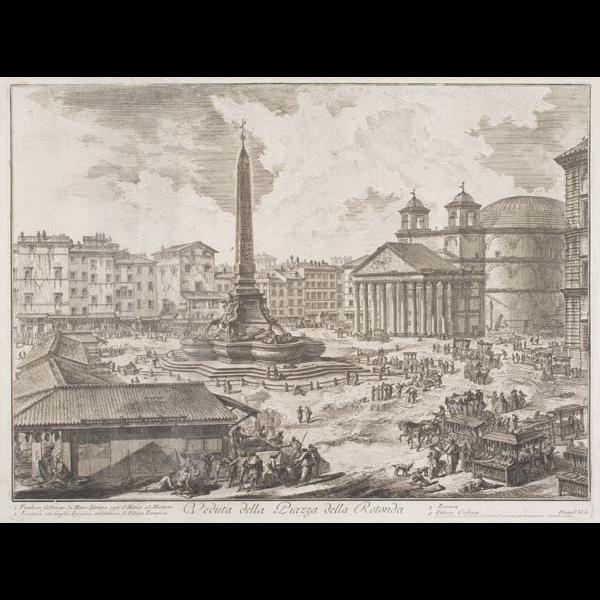Height of the Grand Tour in Italy

Giovanni Battista Piranesi, Veduta della Piazza della Rotonda, from the series "Vedute di Roma" (Views of Rome), 1760-78, (Davis Museum)
Before the Grand Tour’s peak in eighteenth century, travel in Europe was often not seen as an activity for pleasure. In fact, travel was reserved mainly for work purposes or religious activities like pilgrimages or missions.1 Although the late seventeenth century was a tumultuous time for Europe, travel was not completely hindered by the small wars taking place between Britain, France, Spain, and the Dutch. On the other hand, the civil war in Britain, also known as the Great Rebellion (1642–51), made it most difficult for men to travel to Italy for a Grand tour since they feared that they would be accused of having detrimental political and religious ties to the Catholic Church.2,3 The Grand Tour saw its most popular year after the Stuart Restoration and two major Anglo-French wars in 1689-97 and 1702-13. British tourists were able to travel through France to reach Italy as a result of this peaceful time, and for about four decades, this travel was uninterrupted and continued into the late eighteenth century despite any political conflicts that arose.
___________________________________________________________
1. Jeremy Black,. Italy and the Grand Tour. (New Haven: Yale University Press, 2003), 2.
2. Ibid.
3. Jane H. Ohlmeyer, "English Civil Wars," Encyclopædia Britannica, March 30, 2017, , https://www.britannica.com/event/English-Civil-Wars.